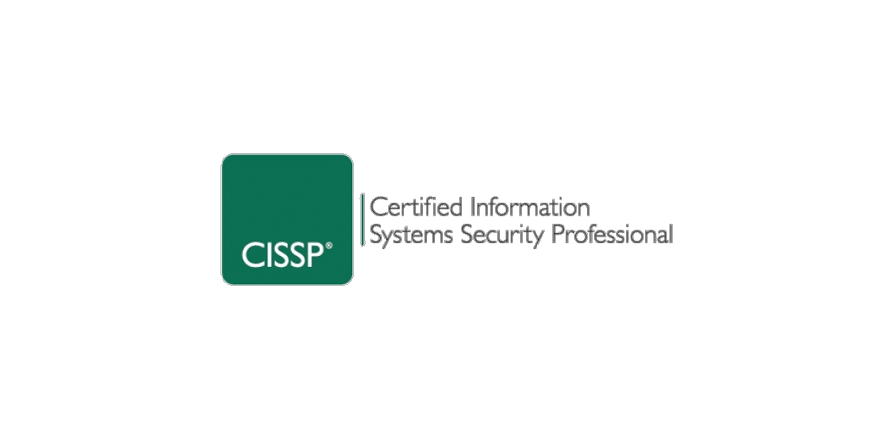CISSP certification training is aligned to the (ISC)² CBK 2018 requirements. The course trains you in the industry’s latest best practices, which will help you pass the exam in the first attempt. The certification helps you develop expertise in defining the architecture and in designing, building, and maintaining a secure business environment for your organization using globally approved Information Security standards.
With unprecedented security breaches now being reported, the demand for IT security professionals has never been higher. Frost and Sullivan reports that there will be a shortage of 1.5 million security professionals by 2019.




